
Taycan - Porsche's All-Electric Sports Car
- Jun 10, 2018
- Views : 3335

Before The 911
Ferdinand Porsche may have set up Porsche GmBH in 1931, but it wasn’t until the end of World War II that the company began producing sports cars. After the war, Ferdinand was arrested for war crimes without trial by Allied troops from VW’s Wolfsburg plant, where he was directed to build military versions of the Beetle. During this period, his son, Ferry Porsche, decided to build his own car simply because he could not find the one he had dreamed of.
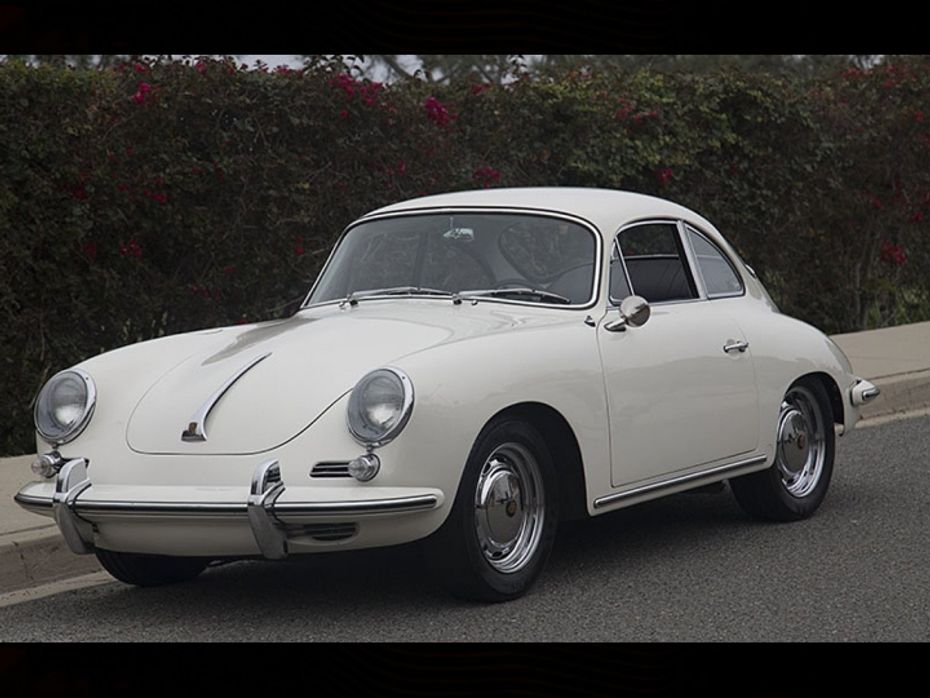
This led to the birth of the 356 (above), with the initial version being built in Gmund, Austria. The 356 was road-certified in 1948 and established Porsche as a manufacturer of exciting sports cars. Porsche kept rolling out 356s until 1963, when it decided that it needed to be replaced with something that could seat four passengers and go faster than the previous model.
The 901
Enter the 901, a fastback coupe with a 2+2 seating arrangement and 2.0-litre, 6-cylinder, flat-six engine that produced 130PS of power.
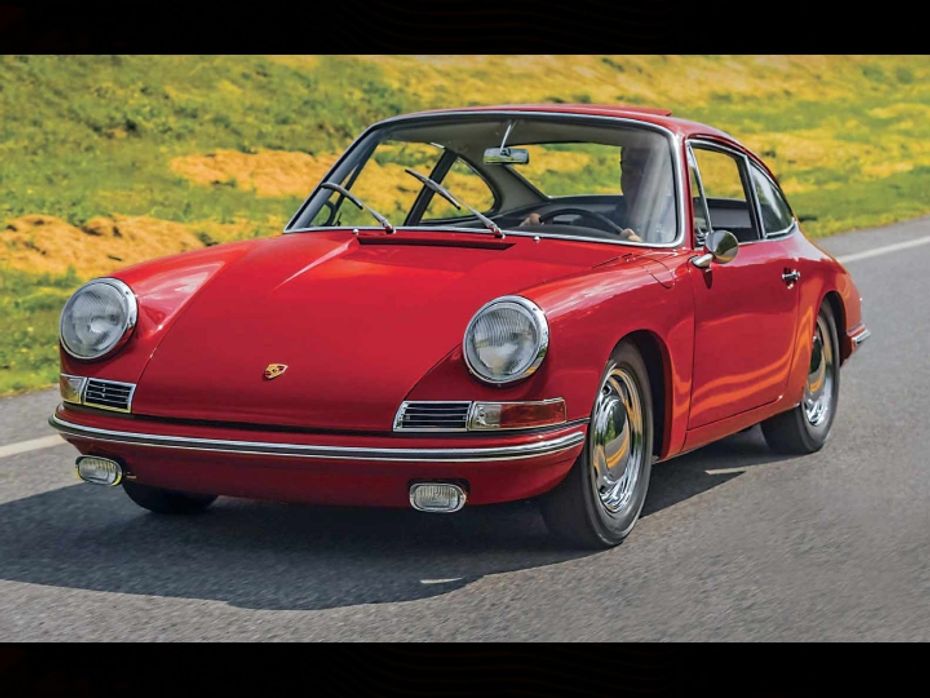
It was first showcased at the 1963 Frankfurt Motor Show and entered series production in 1964. However, due to an objection by Peugeot, the new sports car had to be renamed ‘911’. And the name has stuck ever since.
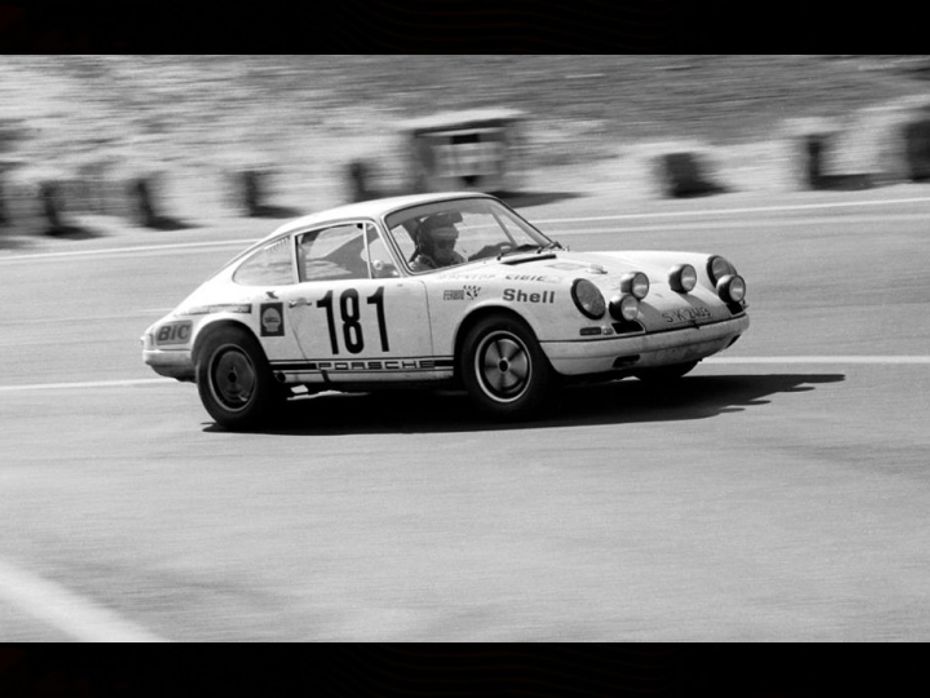

Although critics pounced on it citing it lacked focus, the first-ever 911 models were peppy enough, with 130PS from a 2.0-litre engine. Later models had bigger engines with varying power outputs, including the first-ever stripped-out, track-focussed version called the 911R (1967) and a cabriolet version with a safety hoop called the 911 Targa (1966). However, the most iconic of them has to be the 2.7 Carrera RS (1973) pictured below that produced over 210PS of power.
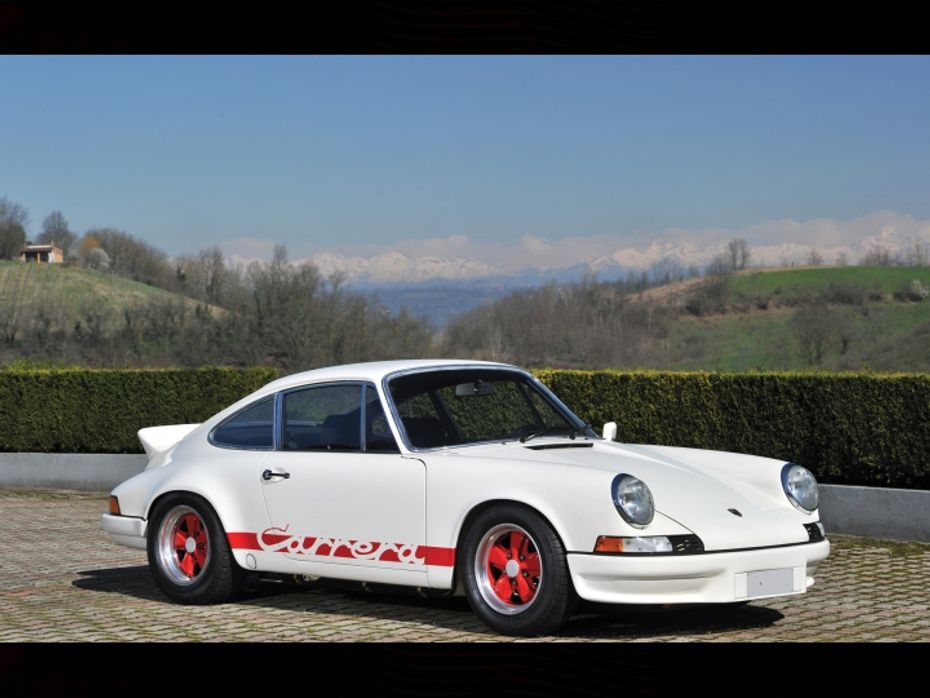
The G-series
The year 1973 heralded a new generation of 911s that were codenamed the G-series.
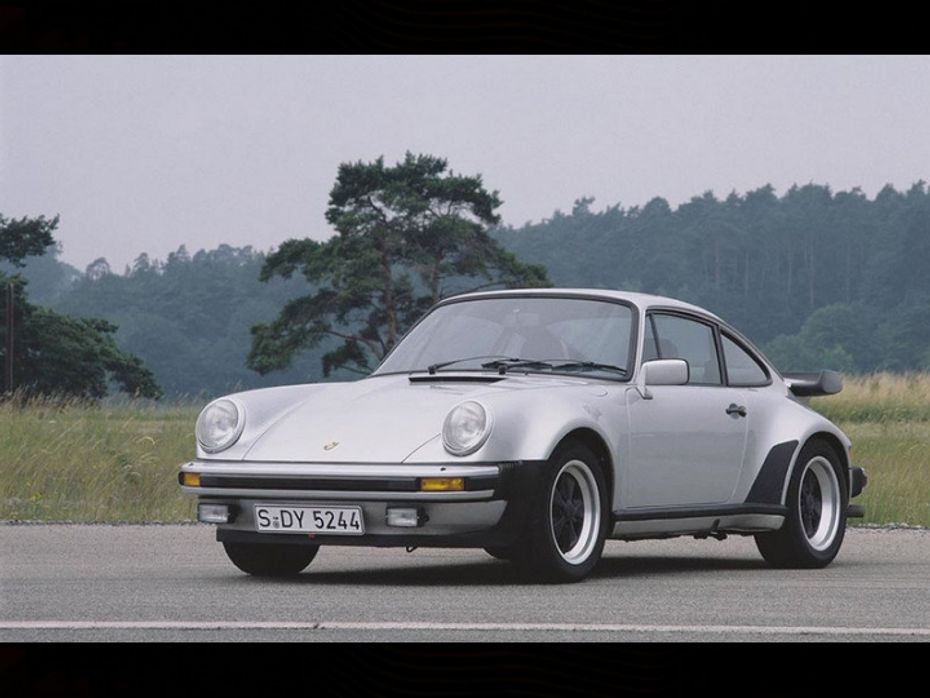
This generation of 911s were produced until 1989 and the fastest versions even featured turbocharging. The most iconic of them has to be the 911 Turbo that was introduced in 1973, which packed a mighty 260PS. It also came with wider wheel arches to accommodate fatter rubber and a whale tail spoiler that was as iconic as the rest of the car.
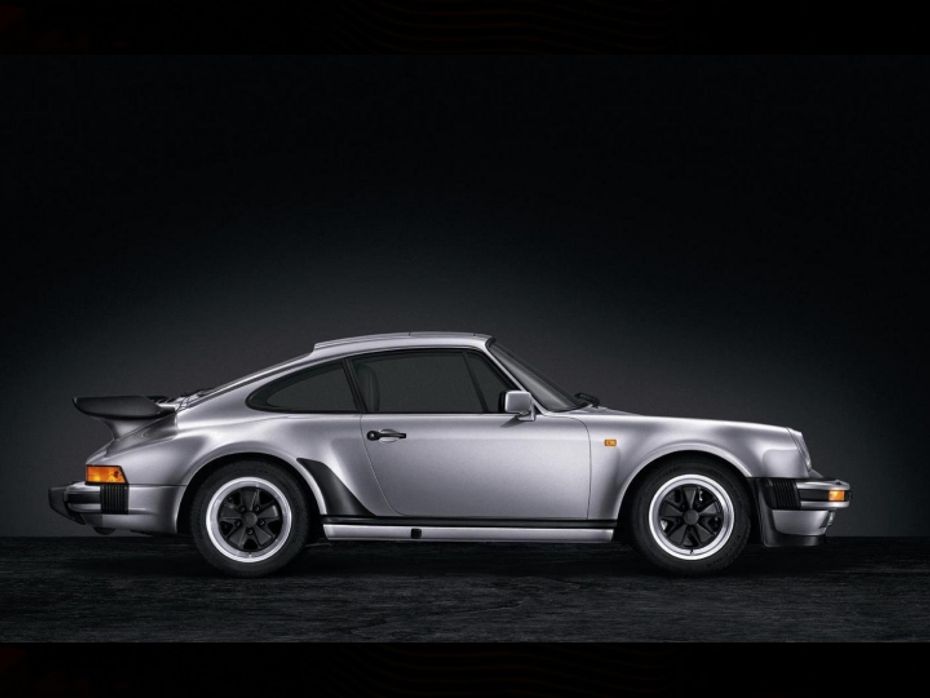
The 964
The next-generation 911s, produced between 1989 and 1994, were given the codename 964 and featured some mildly updated styling. However, they packed a whole bunch of new technology to keep up with the Ferraris of the time.
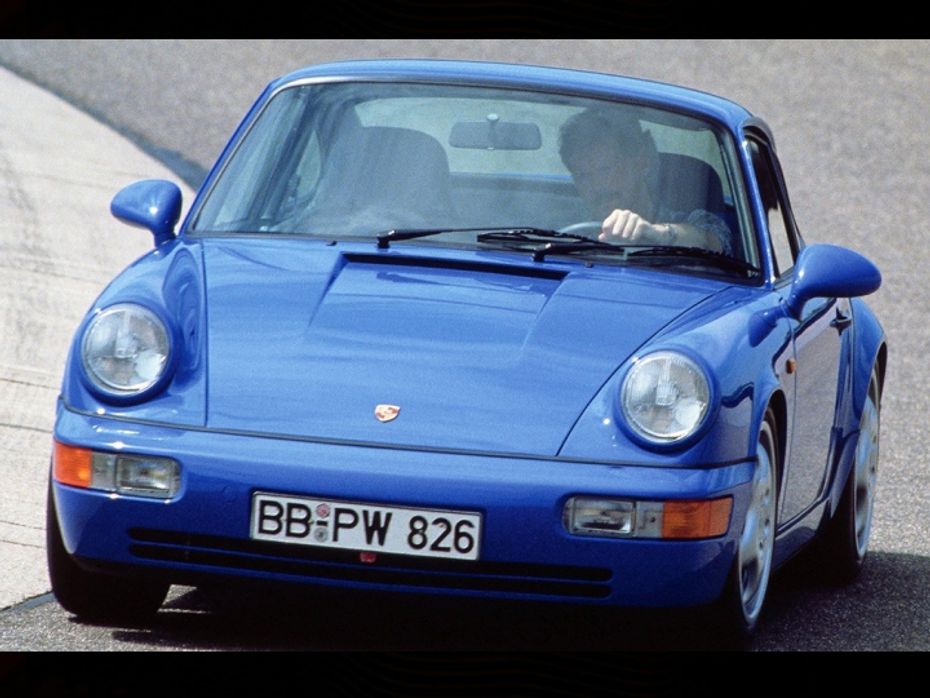
This generation also witnessed the introduction of four-wheel drive, power steering, ABS and airbags! Sadly, these cars were called the least attractive of the 911s (I beg to differ, though) and are less valued in the classic car market. However, these cars are now finding their way to Singer’s workshop in the US for a complete restomod with a brand new engine - and boy do they look and sound wonderful. Check out Singer’s latest creation here.
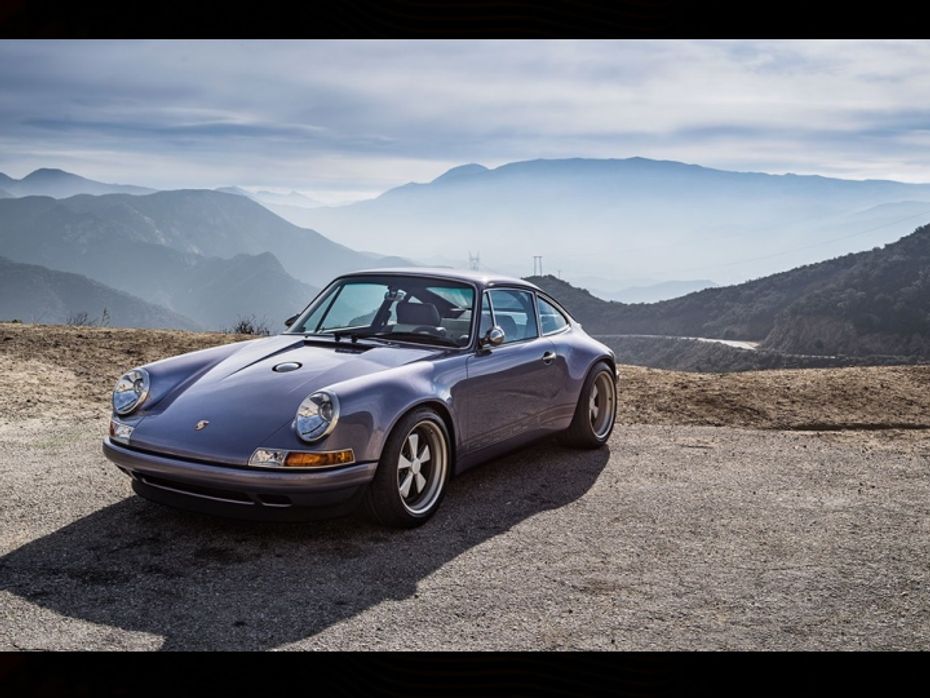
The highlight of this generation is the 964 RS (1992), a homologation special which featured Turbo-style bodywork, a large fixed whale-tail spoiler and 300PS of power. It was touted as one of the most focussed cars of its time.
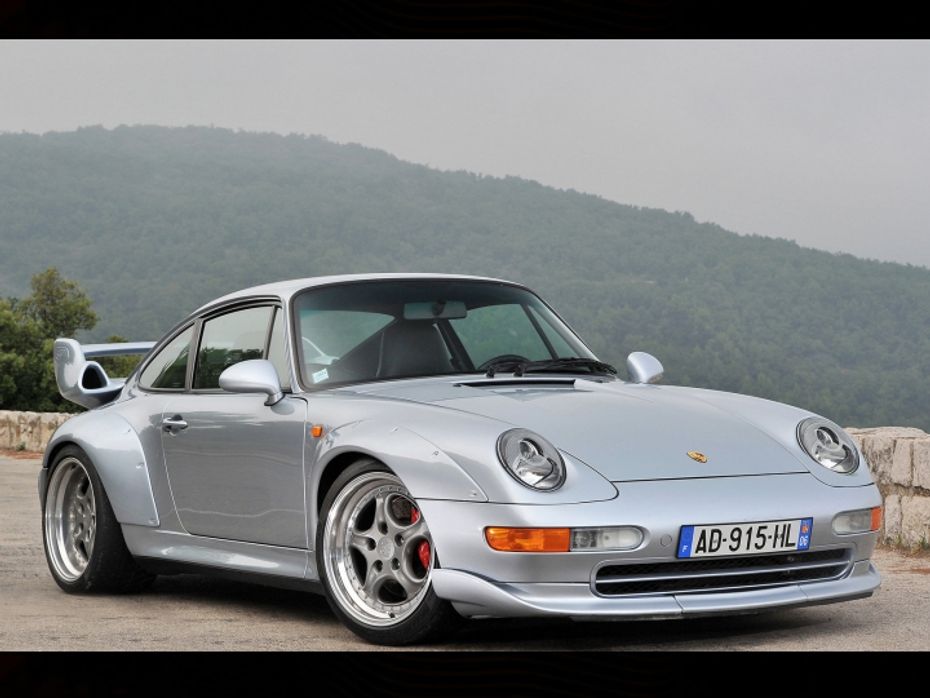
The 993
Then came the 993 generation. Produced between 1994 and 1998, it is still regarded as the prettiest 911 of the lot. Sadly, it was the last generation of the 911 to feature an air-cooled engine.
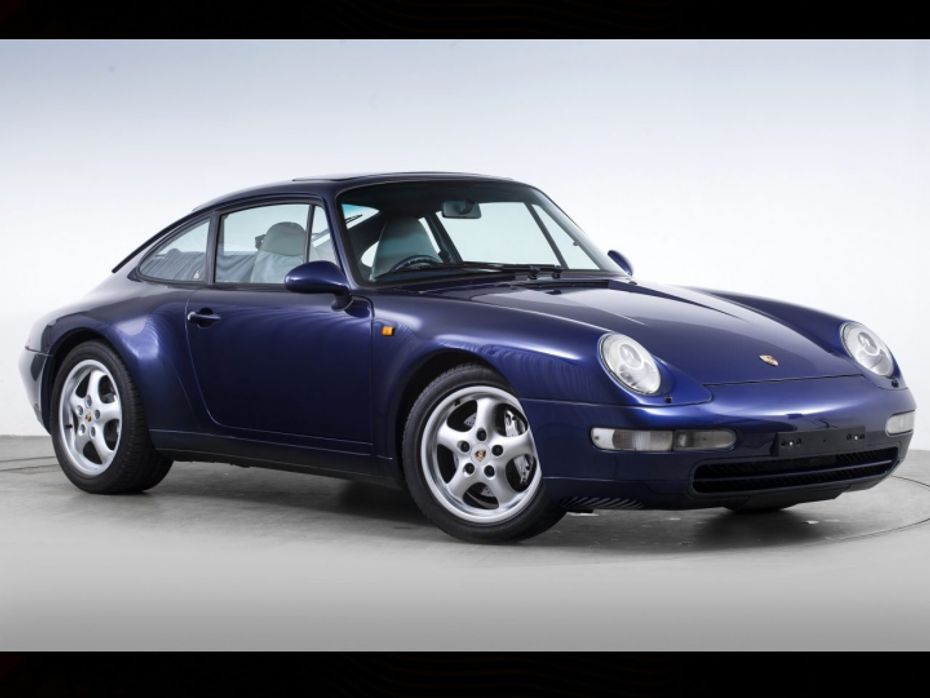
This generation also gave us the lairiest 911 ever, the GT2. Its tail-happy tendencies gave it the nickname ‘Widow Maker’. Other noteworthy features of this generation of 911 were the new multi-link rear suspension that improved the car’s ride and handling, and reduced the lift-off oversteer that was prevalent with earlier generations.
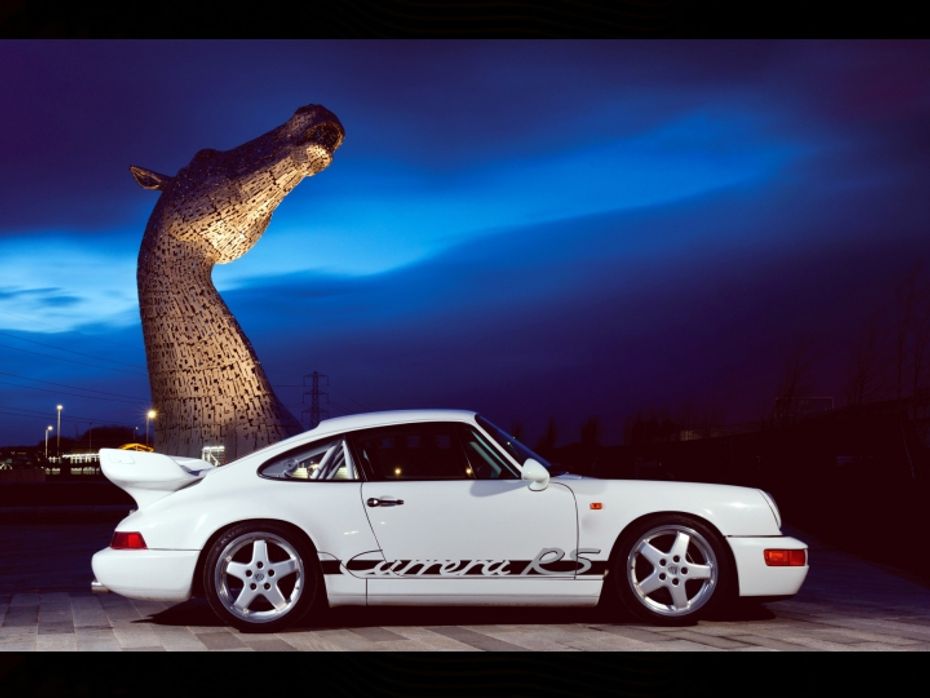
The 996
The next-generation of 911, codenamed the 996 and introduced in 1998, was perhaps the most detested generation of erm… 911s. The introduction of the new water-cooled engine led many critics to proclaim out loud that the 911 had “lost its character”.
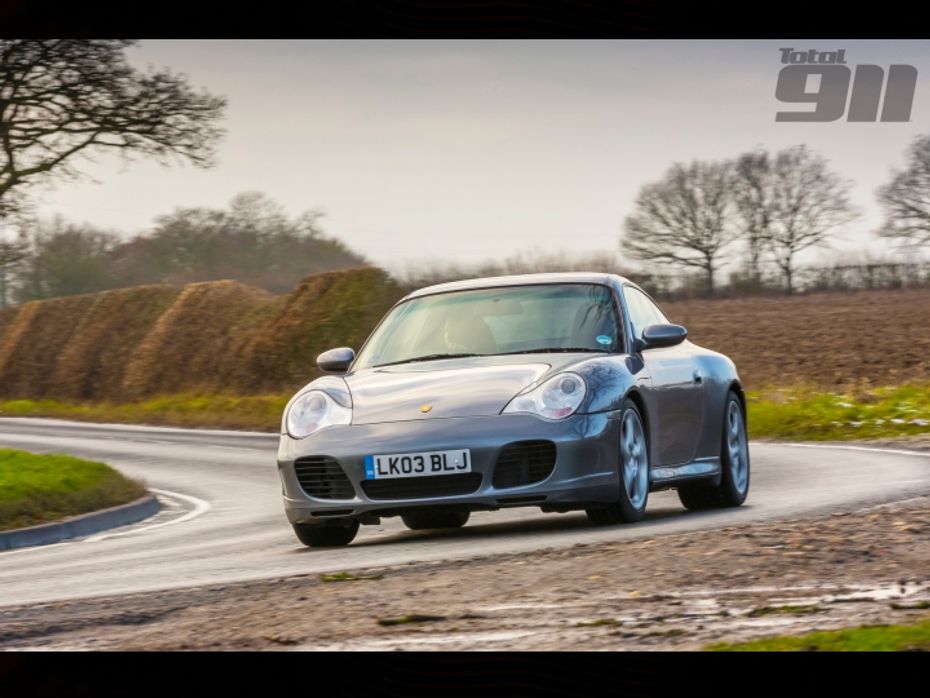
But Porsche seems unperturbed by these criticisms and continues to do what they feel is right. Not surprising then that every single generation of the 911 that followed the 996 was met with similar criticisms. And if it were not for the hardware the new 911 packed, the critics found more ammo in its styling. The non-elliptical headlights looked quite odd and the 996 looked way to similar to the cheaper Boxster to most eyes. However, this generation also gave us what is perhaps the most-loved and sought-after variant of the 911 lineup: the GT3 RS.

The 996.2
The 911’s water-cooled era began the trend of mid-life updates. In 2001, Porsche decided that the 996 needed a facelift, resulting in the 996.2. The 996.2 was clearly an attempt to make peace with the critics. It received a revamped exterior, interior and an all-new Targa variant with a new glass cover.
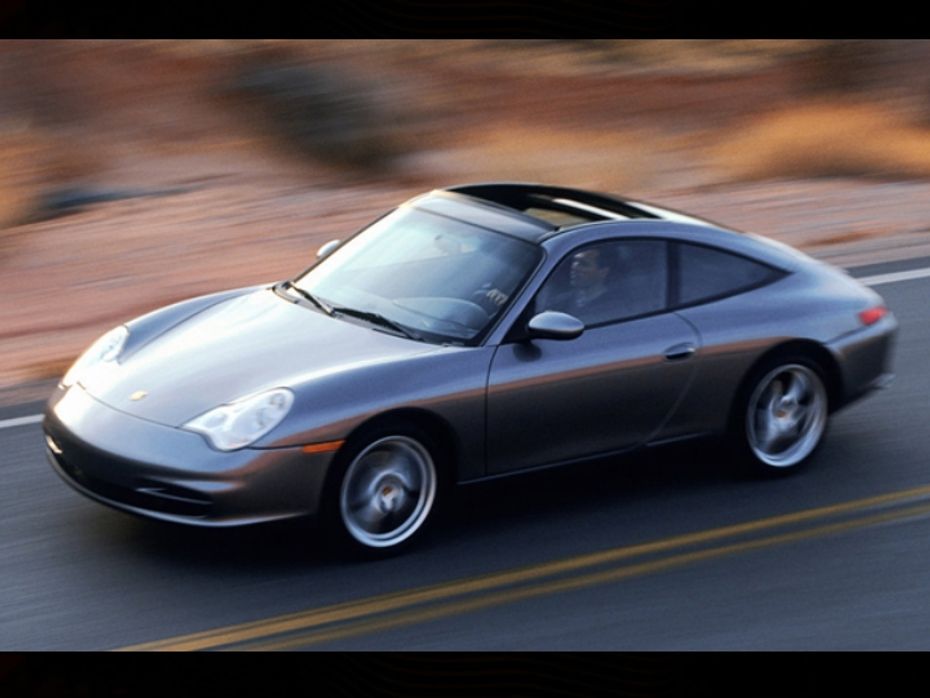
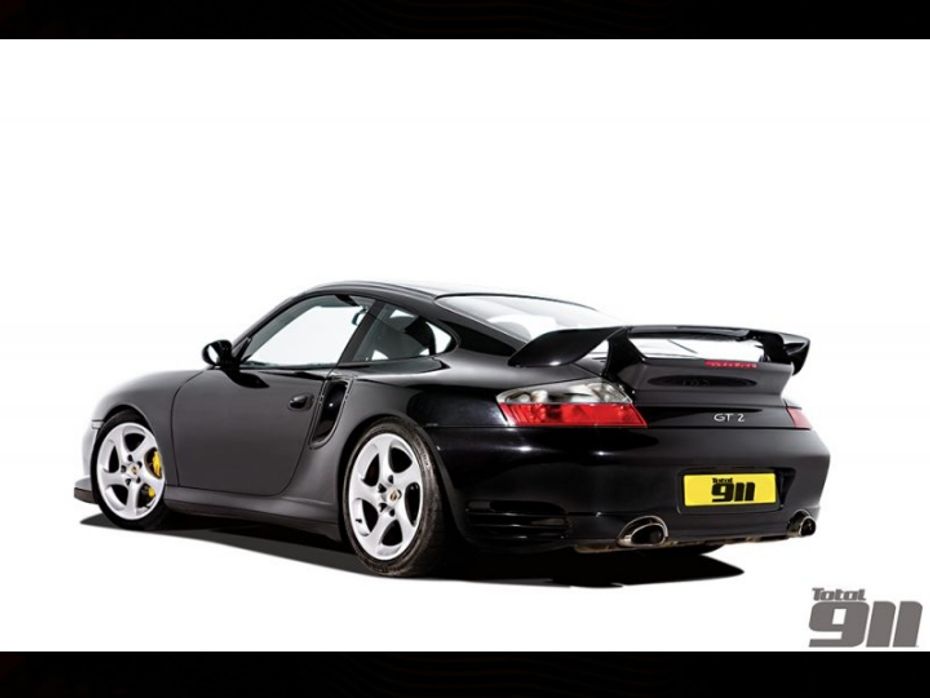
The 911 GT2 also made a comeback during this period. Thankfully, it wasn’t as hairy as the model from the 90s. It continued to send power to the rear wheels and was capable of hitting a top speed of 315kmph.
The 997
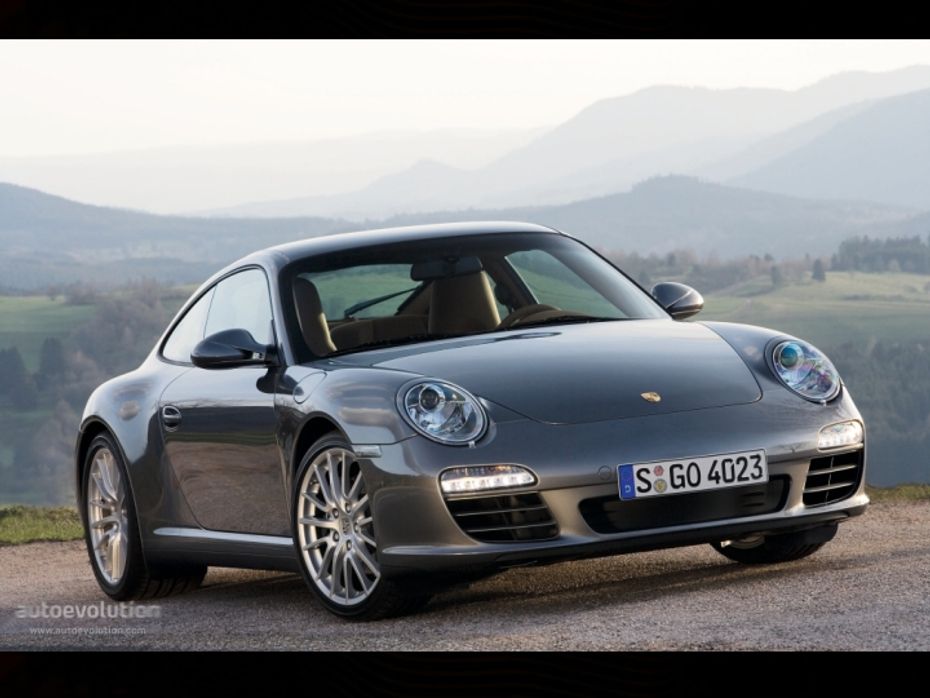
After much backlash, the elliptical headlights made a return in the next-generation model, codenamed 997. Although the overall shape was more or less the same as the 996, it featured more delicate detailing that kept Porsche’s critics happy. All variants of the 997 991 produced more than 300PS.

The GT2 was the most powerful though, with 530PS. This generation also gave us the first non-turbo four-wheel drive 911 in the form of the Carrera 4.
The 997.2
The second iteration of the 997 generation featured barely any changes on the outside. However, it did get a host of them to its mechanicals. In came the now trademark PDK twin-clutch automatic gearbox for faster and smoother shifts. The paddle shifters were more convenient to use than the clickety-clackety buttons on the steering wheel. Porsche even equipped the 911 with direct injection for lesser emissions.
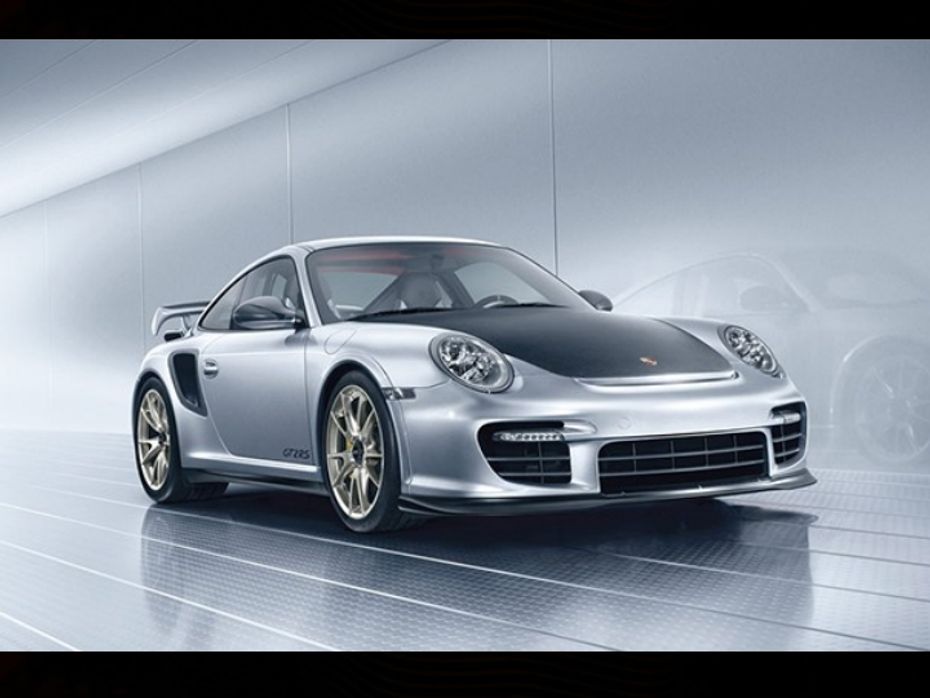
The highlight of this generation has to be the bonkers GT2 RS which developed a ludicrous 611PS! This generation also gave birth to what is probably one of the best 911s ever, the GT3 RS 4.0.
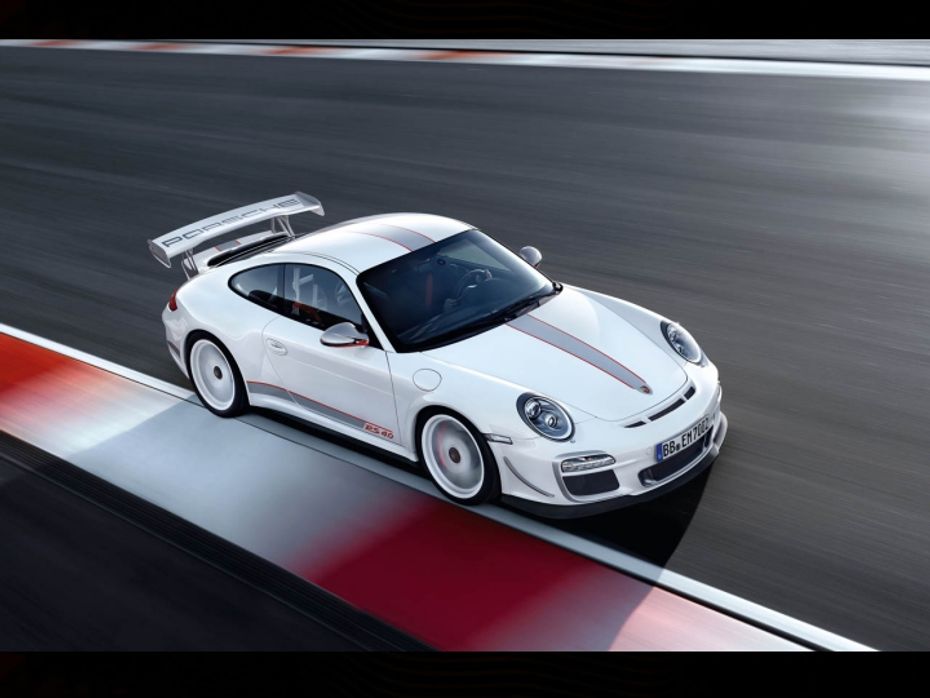
The 991
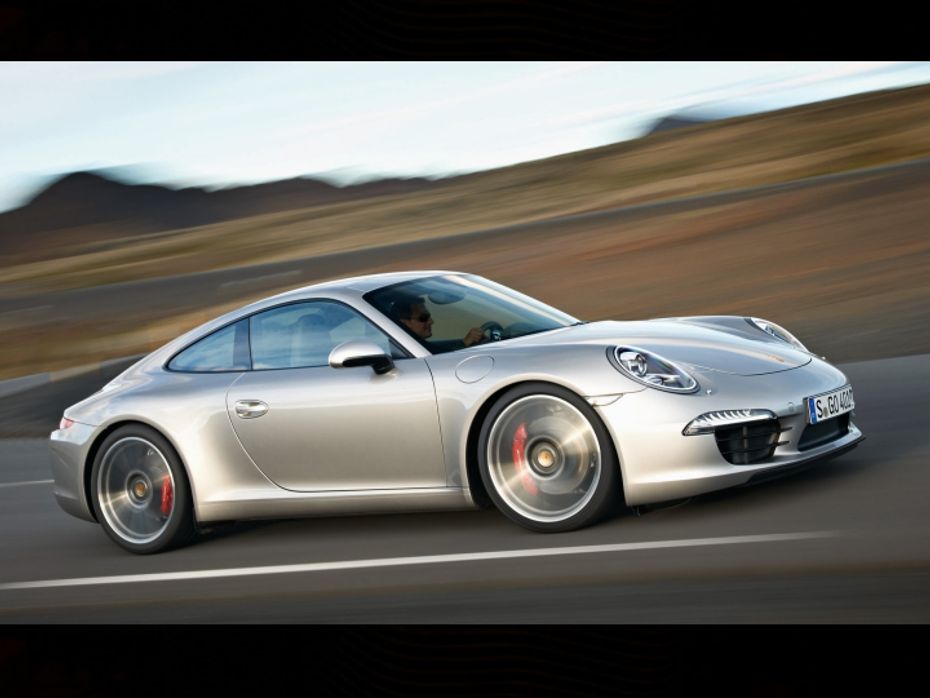
In 2011, Porsche decided to test the nerves of its critics once again by switching to electric steering. However, it still has one of the best steering racks in the world and is possibly the best looking 911 in recent years. The standard variants were so refined that they lost their sportscar edge and felt more like grand tourers. Sadly, however, the Carreras from this generation will be remembered for being the last to be equipped with a high-revving naturally aspirated engine.
The 991.2

Yes, this is the one you can buy straight off the showroom now. It features a 3.0-litre turbocharged flat-six engine on all variants except the GT3 and GT3 RS, which continue to be equipped with the 4.0-litre unit that screams its way past a barely believable 10000rpm. While this news is sure to upset Porsche purists, the carmaker seems unperturbed as always since it knows that it has always delivered the goods whenever it has upset the applecart, just like it did with water-cooled engines, PDK, electric steering, etc.

Yes, it can be argued that the latest one has lost some of the trademark 911 character. But did it really? The 911 R, the GT2 RS and the latest GT3 RS say otherwise. They are some of the most focussed sports cars out there and will become a cult classic in no time.
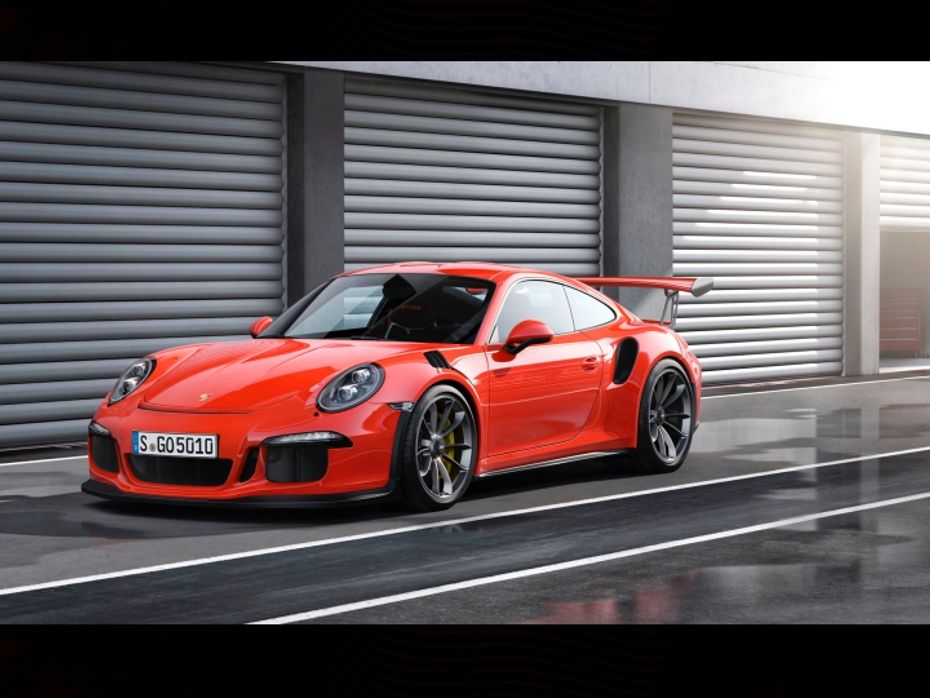
I think it’s about time the so called purists leave Porsche alone and let it do its own thing. Heck, heading towards the end of this generation, we have an odd feeling that Porsche might drop one more nasty surprise before unveiling an all-new gen 911. Yes, we are talking about a 911 powered by electricity. Yikes! But before you can go on another rant about the 911s not being pure anymore, just step back and think about it - Wouldn’t an electric version of the 911 make sure it stays relevant way past its sixth decade? We think so, and so does Porsche. Who’s up for the 992 then?

Taycan - Porsche's All-Electric Sports Car

Singer DLS: Old Dog, New Tricks

Check Out The UK’s Answer To The Singer Porsche 911

This Might Be Your Only Chance To Experience A Modern F1 Car

Porsche 911 Hybrid: The Long Wait

Legendary Porsche 935 Reincarnated

Nurburgring-Conquering Porsche 911 GT2 RS Launched In India

Porsche 911 GT2 RS Launch On July 10

Porsche 959: The car that saved the 911

Is The Porsche 911 Speedster Concept The 991’s Last Hurrah?
India's largest automotive community
 Here Are Some Adrenaline Pumping Experiences From Auto Expo 2025 That You Should Not Miss!
Here Are Some Adrenaline Pumping Experiences From Auto Expo 2025 That You Should Not Miss!
 All You Need To Know About The Surprise Element At Auto Expo 2025: BMW iX1 LWB
All You Need To Know About The Surprise Element At Auto Expo 2025: BMW iX1 LWB
 Hyundai Creta Electric Reaches Dealerships, Here’s A List Of Its Pros And Cons Before You Check It Out!
Hyundai Creta Electric Reaches Dealerships, Here’s A List Of Its Pros And Cons Before You Check It Out!
 MG Showcases A PHEV At Auto Expo 2025: The MG HS PHEV
MG Showcases A PHEV At Auto Expo 2025: The MG HS PHEV
 Porsche 911
Rs. 1.98 Crore
Porsche 911
Rs. 1.98 Crore
 Porsche Cayenne
Rs. 1.42 Crore
Porsche Cayenne
Rs. 1.42 Crore
 Porsche Macan
Rs. 96.05 Lakh
Porsche Macan
Rs. 96.05 Lakh
 Porsche Panamera
Rs. 1.69 Crore
Porsche Panamera
Rs. 1.69 Crore
 Porsche Cayenne Coupe
Rs. 1.48 Crore
Porsche Cayenne Coupe
Rs. 1.48 Crore
 Land Rover Range Rover
Rs. 2.36 Crore
Land Rover Range Rover
Rs. 2.36 Crore
 Volvo XC90
Rs. 1.00 Crore
Volvo XC90
Rs. 1.00 Crore
 Mercedes-Benz GLA
Rs. 50.80 Lakh
Mercedes-Benz GLA
Rs. 50.80 Lakh
 Toyota Vellfire
Rs. 1.22 Crore
Toyota Vellfire
Rs. 1.22 Crore
 Porsche 911
Rs. 1.98 Crore
Porsche 911
Rs. 1.98 Crore